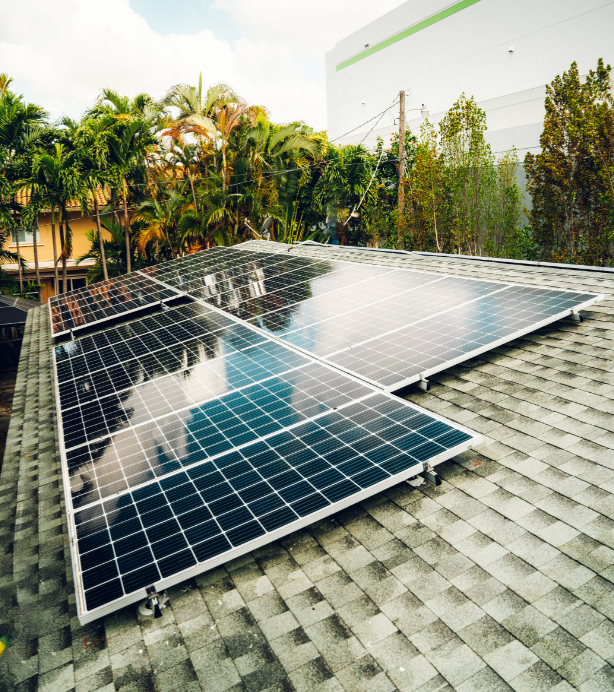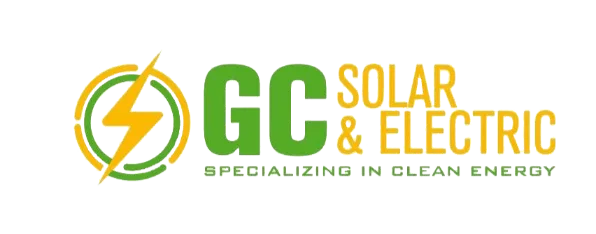
Solar energy is a sustainable and increasingly popular source of electricity worldwide. However, many people assume that more sunlight and heat automatically translate into greater energy production. In reality, excessive heat can negatively impact the efficiency of solar panels, leading to reduced power output.

Photovoltaic (PV) panels convert sunlight into electricity, but their efficiency is influenced by temperature. Most solar panels operate optimally at around 25°C (77°F). When temperatures rise above this level, the panel’s efficiency typically decreases. This is due to the intrinsic properties of semiconductor materials, which experience increased electrical resistance and reduced voltage output as temperature rises.
Solar panels have a temperature coefficient, which indicates the rate at which efficiency drops with each degree increase above the optimal temperature. For example, a panel with a temperature coefficient of -0.5% per degree Celsius will lose 0.5% of its efficiency for every degree above 25°C. In hot climates, where panel temperatures can reach 60°C (140°F) or higher, efficiency losses can be significant.
To counteract heat-related efficiency losses, manufacturers and installers implement various strategies:
Enhanced Ventilation: Installing panels with sufficient airflow underneath helps dissipate heat.
Lighter-Colored Panels and Coatings: Reflective coatings and lighter-colored materials reduce heat absorption.
Optimized Installation Angle: Tilting panels to allow airflow and reduce direct heating.
High-Temperature-Resistant Panels: Some modern panels are designed with materials that have lower temperature coefficients.
While solar panels perform best in sunny conditions, excessive heat can reduce their efficiency. Proper installation techniques and selecting high-quality panels with lower temperature coefficients can help mitigate these effects. By understanding and managing temperature-related efficiency losses, solar energy systems can maintain high performance even in hot climates.

